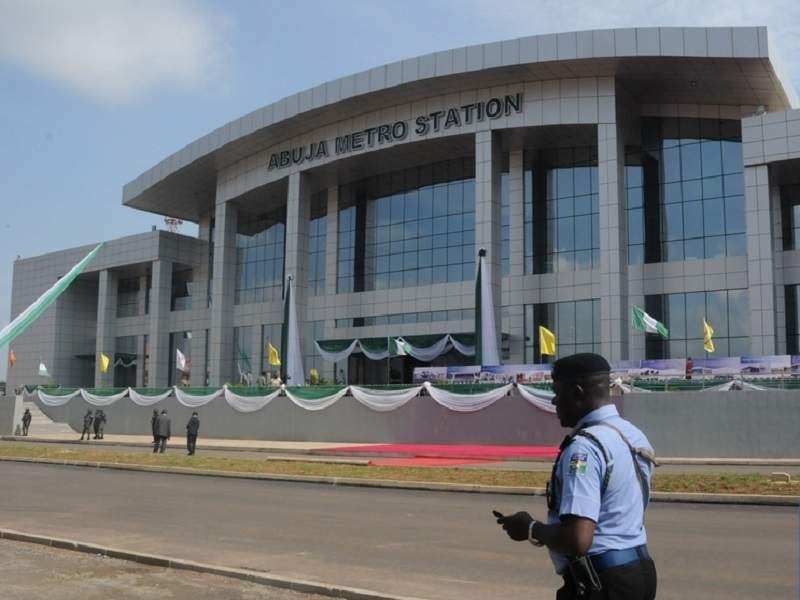Natika33
Active Member
I hope someone posts pics of the winning design afterwards as, unfortunately, I can't go.Meeting coming up. Received via the Ontario Line news letter.
I hope someone posts pics of the winning design afterwards as, unfortunately, I can't go.Meeting coming up. Received via the Ontario Line news letter.
Feel free to prove me wrong but I have a feeling the winning design will be pretty banal and utilitarian.I hope someone posts pics of the winning design afterwards as, unfortunately, I can't go.
Feel free to prove me wrong but I have a feeling the winning design will be pretty banal and utilitarian.
Well the irony about all that is thar the "utilitarian " design will still cost as much as a well designed stationThis is a mass transit project. The goal is to be utilitarian!
I would rather have basic utilitarian stations that match the demand efficiently, rather than the gargantuan stations that were built for the Spadina extension.
Most of the cost of a project is in the station building itself. Take not of the cost that Metrolinx is asking from the city to fund the Drewry/Cummer station for the Yonge north extension.
There is a difference between having nice/fancy stations, and having gargantuan palaces. Nobody is saying build Moscow, but a lot can be said about replacing some of the monotonous flat architecture with arches, and some nice tiling work.This is a mass transit project. The goal is to be utilitarian!
I would rather have basic utilitarian stations that match the demand efficiently, rather than the gargantuan stations that were built for the Spadina extension.
Most of the cost of a project is in the station building itself. Take not of the cost that Metrolinx is asking from the city to fund the Drewry/Cummer station for the Yonge north extension.
There is a difference between having nice/fancy stations, and having gargantuan palaces. Nobody is saying build Moscow, but a lot can be said about replacing some of the monotonous flat architecture with arches, and some nice tiling work.
Architecture is subjective. Also, no need to go to Moscow. The Spadina stay extension stations are gargantuan palaces themselves. That's what I'm asking to avoid.

It's funny because those stations were in direct response to the large number of complaints about Sheppard stations being too utilitarian. The budget difference wasn't very much (~10%); the real savings would be not digging down 30m in the suburbs.
It's funny because those stations were in direct response to the large number of complaints about Sheppard stations being too utilitarian. The budget difference wasn't very much (~10%); the real savings would be not digging down 30m in the suburbs.
Here, you are, of course, referring to the TYSSE stations. I'm not sure if @fanoftoronto isn't referring to the original Spadina line.
Worth saying the TYSSE stations are both over-built, in volume, and too deep; but also, I think, too spare. The bare trackside walls and many other exposed surfaces leave many of the stations feeling both incomplete and 'cold' despite their price tags.
Sheppard had nice designs, what happened there were the Harris cuts, which again, nixed trackside wall finishes, many of the ceiling finishes, and some of the custom light fixtures originally planned.
I mean, most important for affecting how egregious your architectural design becomes is what’s going on underground, which will be baked into any station design. If you build a station that’s 30m deep with a massive concourse, is over 100m long, and has a massive above-ground footprint, then switching to G+C for your design isn’t going to help much.Architecture is subjective. Also, no need to go to Moscow. The Spadina stay extension stations are gargantuan palaces themselves. That's what I'm asking to avoid.
There needs to be a balance between budget and architectural extravagance. I'd rather take a utilitarian station that is designed to maximize efficiency in moving people than a station that looks fantastic but with no added value being brought because of the looks.
You are right that some small tweaks to improve general looks can and should be incorporated as much as possible.
@rbt do you have any documentation showing station costs comparing TYSSE and Sheppard? I find it hard to believe that it's only 10% difference between the 2, but hey, I've been wrong before!
I think the more accurate way of phrasing this is that the cost of mining has started to be more palatable given we are forcing deep and often overbuilt stations. Projects have gotten more expensive and mining has just become more expensive less quickly.I recall it being something Giambrone said during design meetings but I wasn't keeping documents in that time period.
The footprint of excavation is required by train capacity and fire code, and is a huge portion of the cost before you even fill the hole with anything. It can cost developers $160,000 (2021, possibly $200k today) to construct a basic underground parking space in downtown Toronto (including ramps and access); a 10% increase in cost could tile the garage walls in granite. Point being, 10% of the cost of the project can still be a substantial amount.
EDIT: Worth noting, if it was true in 2008 then it may no longer be true now. Construction costs have tripled, but not all components of construction have increased in price equally. Mining stations, for example, seems to be quite a bit more affordable compared to excavation than it used to be. Excavation leaves a giant space whether you used it or not, mining doesn't create the space at all.